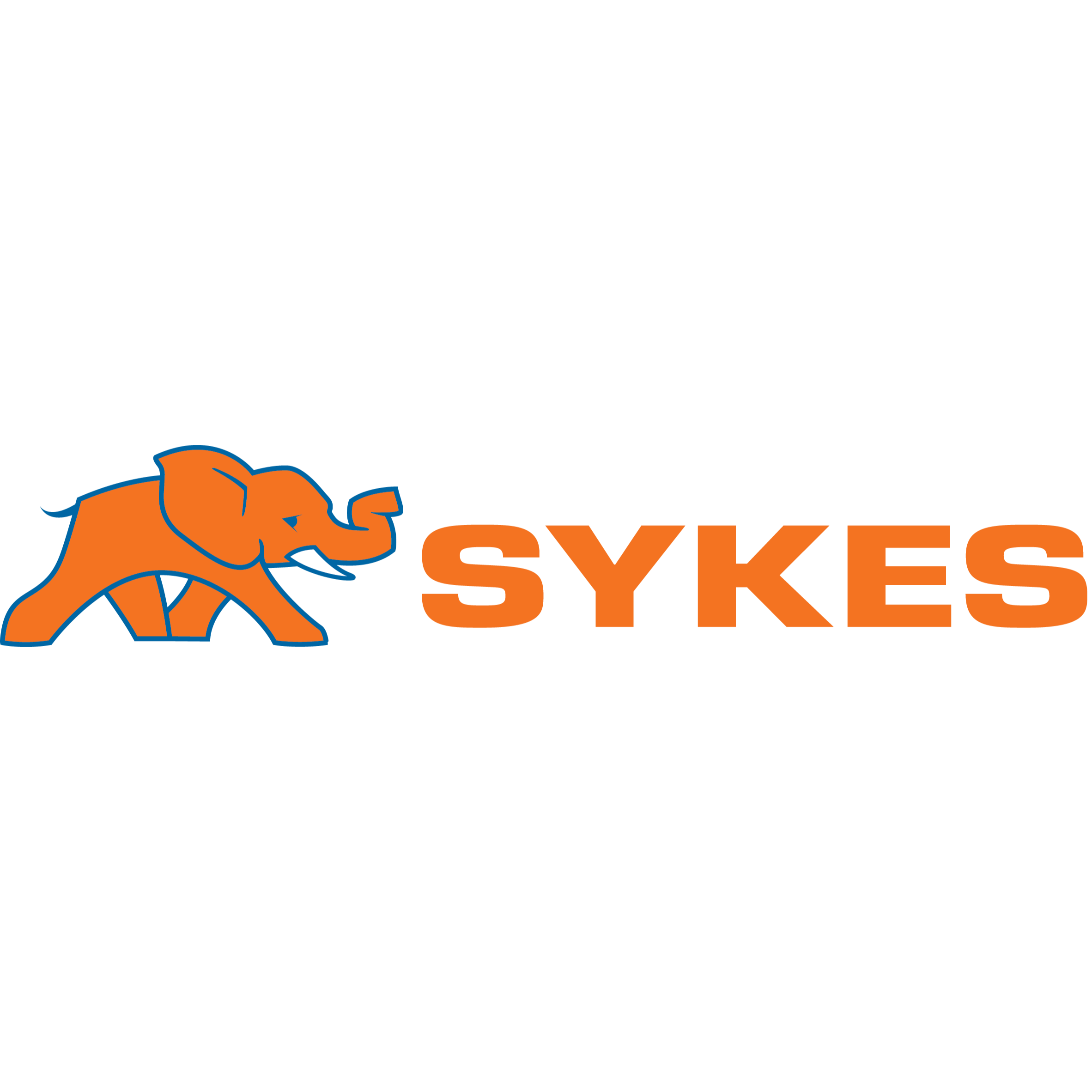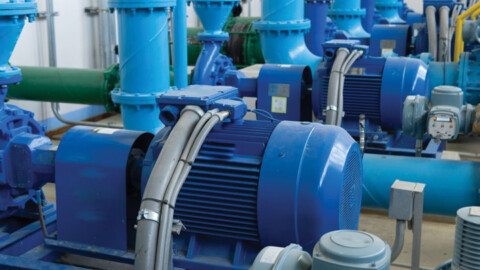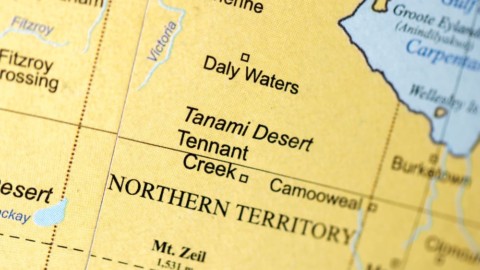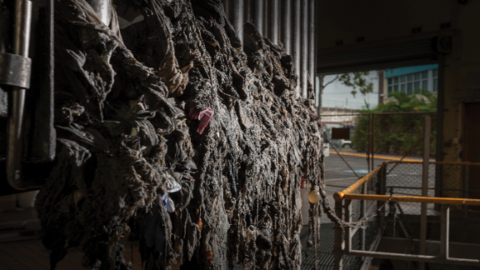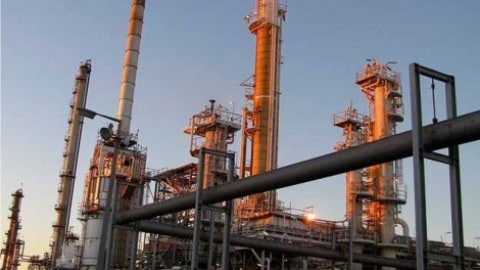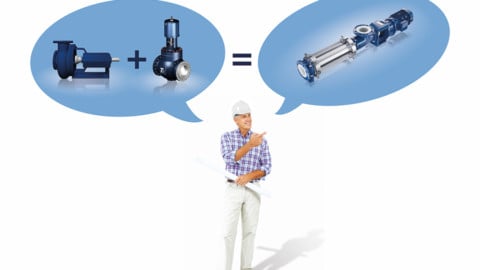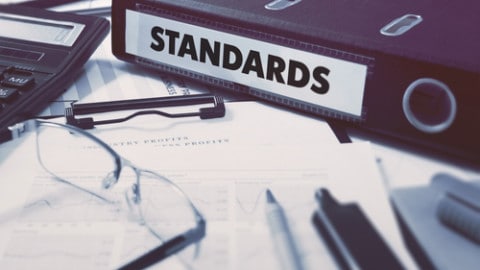Conventionally, power and heat are supplied from different generation cycles, with electricity being produced in power plants and supplied to customers via the grid, and heat being produced in decentralised boilers and being used on site. However, with rising power prices and a move towards reducing greenhouse gases, alternative electricity generation technologies such as cogeneration and trigeneration have become increasingly popular.
Using cogeneration and trigeneration technologies to generate electricity and steam from waste heat is well established in many areas, such as industrial applications, which have continuous processing and high steam requirements, commercial applications with large hot water needs, institutional applications, and applications with a steady demand for energy and thermal energy.
What is cogeneration?
Cogeneration — also known as combined heat and power (CHP) — is the simultaneous production of electricity with the recovery and utilisation of heat. It captures the heat produced by electricity generation that would otherwise not be captured or used, for use in various processes including heating, cooling and dehumidification.
There are a wide range of proven technologies that are used for cogeneration that can be divided into small-scale applications starting from 1kWel engines for thermal energy supply, up to large-scale power plants to produce electricity.
These can be further divided up into the type of system: topping cycle or bottoming cycle. In a topping cycle system, input energy (fuel) is used to generate electricity or mechanical energy, with the waste heat generated then captured to provide thermal energy. These systems are most commonly used for on-site processes and are also known as a combined cycle arrangement.
Some examples of equipment used in topping cycles include turbine generators, steam turbine generators and reciprocating internal combustion engine generators with heat exchangers.
Topping systems consist of four basic components:
- Prime mover — such as turbines (combustion, steam and micro) — which is the first stage of the system, and drives the electrical generator and produces by-product
- Electric generator, such as synchronous, inverters and induction
- Heat exchanger (heat recovery system)
- Control system (control and operating system)
Bottoming cycle systems are most commonly used in heavy industry. These systems work in reverse to topping cycles, producing heat from fuel combustion or a heat generating chemical reaction with electricity generated from the exhaust heat by a waste heat recovery boiler and steam turbine. This is generally through steam or organic Rankine cycle (ORC).
Let’s talk about trigeneration
Trigeneration is an extension of cogeneration, producing not only electricity and heating, but cooling as well. Along with the four basic components of a cogeneration system listed above, it also includes an absorption cooling unit (or other thermally-powered refrigeration devices) that produce cooling by converting waste heat into chilled water.
How are pumps used in these systems?
As well as the use of engines, pumps are used throughout the cogeneration and trigeneration process to push waste heat through the system and to send the energy to the rest of the site as cooled or hot water. The most common pumps used for these processes are feedwater, circulating, condensate, process and heat pumps, which are used for the following tasks:
- To reject heat from the generator and absorption chiller for both utilised and rejected heat streams
- To circulate/transport waste heat or absorption chiller output from the plant to the primary or third party clients
On-board controls and variable speed drives (VSDs) are also found on equipment around the plant.

Pumps in a cogeneration plant.
Sizing and selecting the prime mover
Sizing equipment for cogeneration and trigeneration systems is vital for the system to be successful. Depending on the project, in some cases it will be better to select the equipment before sizing, while in others it will make more sense to size first.
The main factors that will determine equipment and size selection are:
- The fuel(s) available or the temperature of waste heat available if it is a waste heat recovery system
- Temperature of heat required at the site
- Heat to power ratio
- Required electrical output
- Form of thermal load and conditions
Other secondary factors that need to be considered include available space, air emissions, noise, engine turndown, and maintenance and reliability.
There are a variety of prime movers that can be used, but the three most common types are reciprocating engines, gas turbines
and steam turbines.
Reciprocating engines
Reciprocating engines are commonly used in cogeneration and trigeneration systems due to their high electrical efficiency and good part load efficiency, which makes them a low-cost reliable option. Their exhaust heat characteristics also make them ideal for producing hot water. Other advantages include fast start-up and low pressure gas fuel.
They typically provide energy efficiency between 25-40 per cent, with efficiency increasing in size, with units ranging between 50-4000kW. They are usually used along with heat exchangers to recover heat from waste heat sources such as engine cooling circuit, engine exhaust, oil and intercooler.
However, compared to other prime movers, reciprocating engines have a high relative maintenance cost per MWh, relatively high emissions, and low grade heat from engine cooling. They also have to be cooled if the heat is not used.
Reciprocating engines are best suited for non-industrial, smaller sites, that have a higher demand for hot water.
Gas turbines
Gas turbines — including microturbines — use a steady stream of burning fuel to drive the turbine to generate power, with the heat recovered from the exhaust gases recovered for space or process heating. They have a higher reliability than reciprocating engines, making them ideal for applications where backup power is very important. They also have low emissions, high exhaust heat grade and minimal cooling is required.
Gas turbines typically provide electrical efficiency ranges from around 21 per cent for microturbines, 25 per cent for small turbines, and up to 36 per cent for large turbines, with sizes ranging from 30-250kW for microturbines and 50-4000kW for other sizes.
Compared to other prime movers, gas turbines have several disadvantages including medium pressure gas fuel, poor part load efficiency, output falls with increases in ambient temperatures, and their performance degrades over time.
Larger turbines are most commonly used for large-scale systems, while microturbines can be found in small-scale commercial systems.
Steam turbines
Steam turbines use high-pressure steam generated in a boiler to drive the turbine, with maximum electrical efficiency realised when the steam is condensed and pumped back to the boiler as hot water. They have a high reliability as well as thermal efficiency, and are compact, have versatile configuration and run on heat instead of fuel.
They have an efficiency range between 77.6–82.5 per cent with the size of the turbine and the pressure at which the steam is extracted determining electrical efficiency. They range in size from 30-10,000kW.
Some disadvantages of steam turbines include their higher cost at smaller sizes, a high grade heat required, and low electrical conversion.
Steam turbines are typically suited for large-scale applications or applications where the amount of heat required is greater than the amount of power.
With the economical and environmental benefits being a key motivator towards building cogeneration and trigeneration systems, selecting the right pumps and engines at the most appropriate size for the individual system is imperative to achieve the best possible efficiencies.



